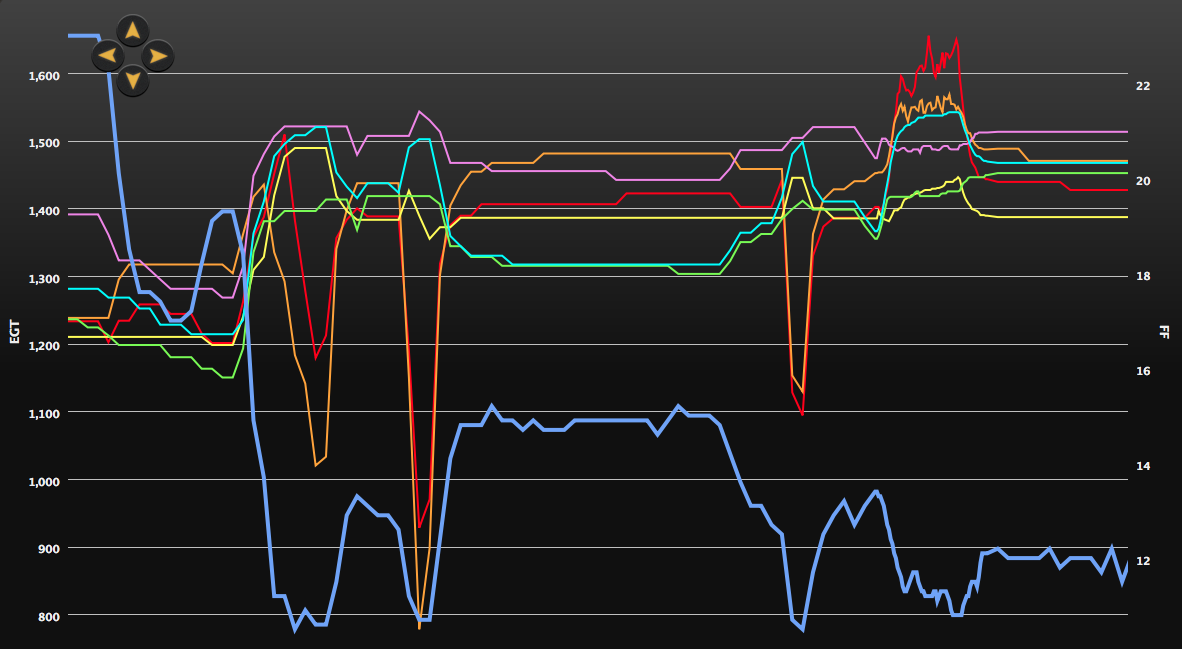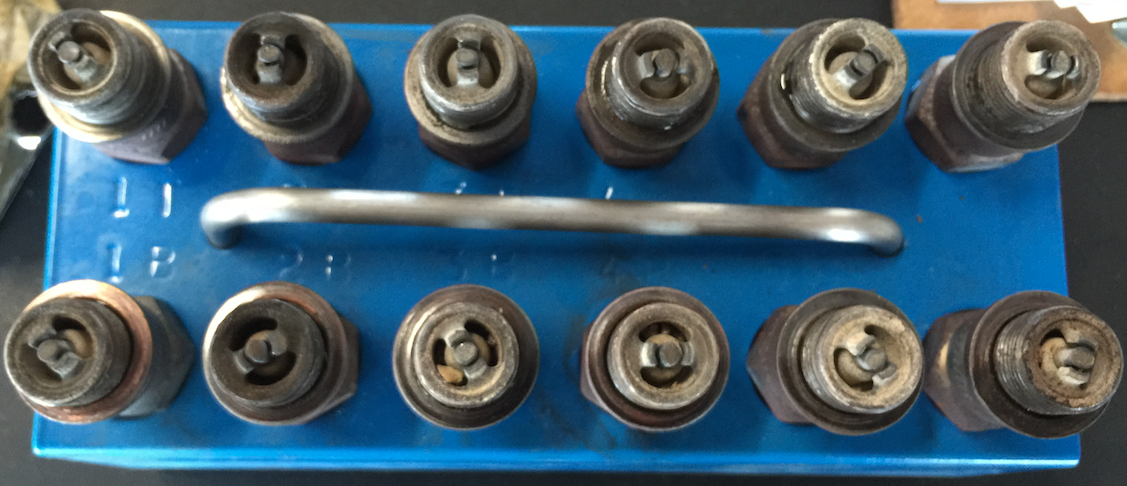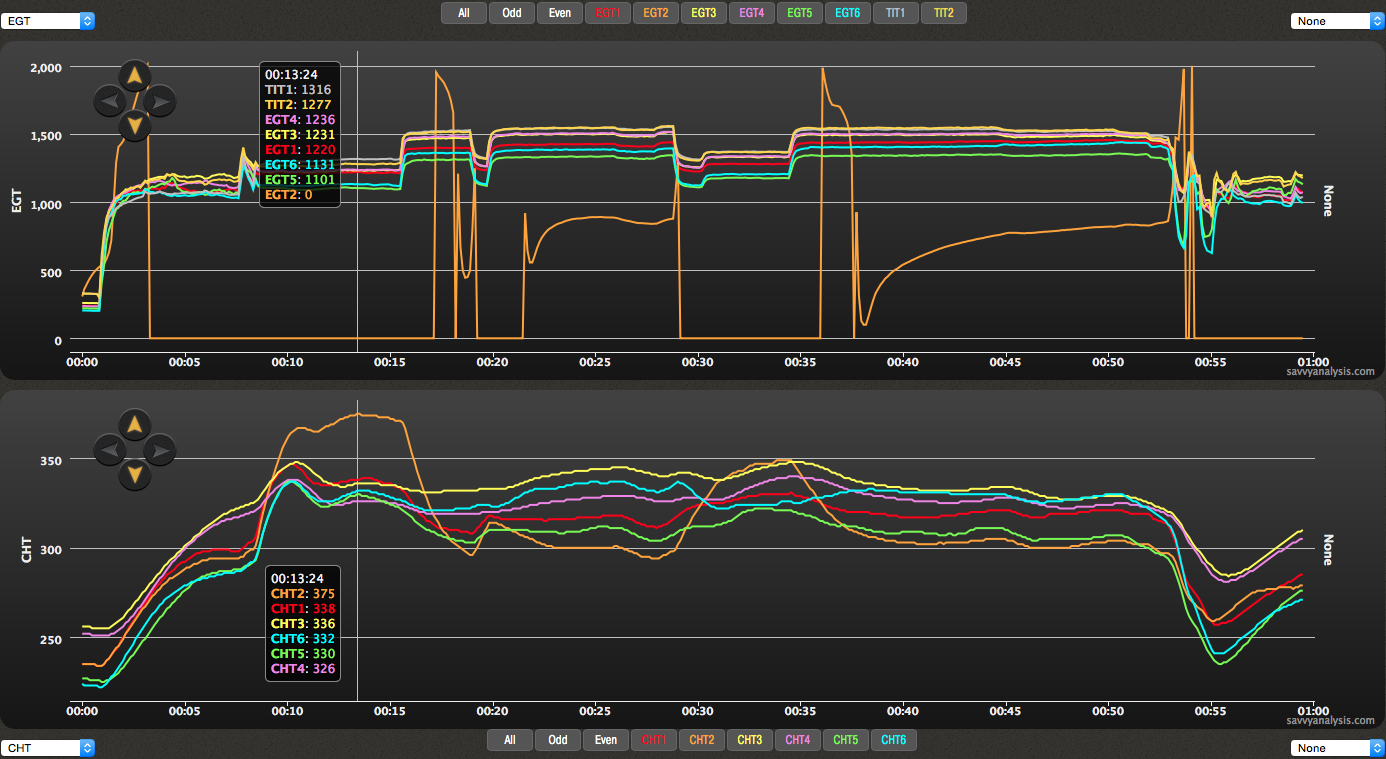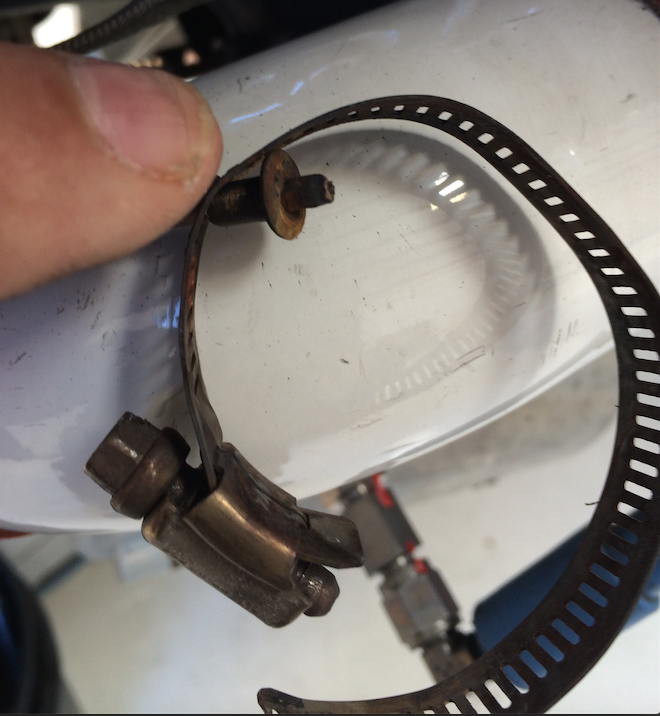It’s wedding season. When my wife hosts a wedding shower, she organizes a game. She puts small kitchen items into brown paper lunch bags – one per bag – and ties a ribbon around each one. Each guest ties the ribbon around their neck and hangs a bag down their back. The other guests feel the bag and try to figure out what’s in it. They write down the answers, eventually all the bags are opened and someone wins. Part of me thinks this game is a remnant of a time when women were expected to know about kitchen gadgets and isn’t it a little archaic to be playing this in 2015? Maybe – but the women in the group who have earned MDs, PhDs, JDs and ATPs seem to have just as much fun with it as anyone else. I guess knowing about kitchen gadgets was just one more thing they learned on the road to liberation.
I thought of this game recently because sometimes looking at engine data is like feeling the bag. You’re pretty sure of your conclusion, but you’d love to open the bag and know for sure. Fortunately this month’s Puzzler gives us two opportunities for that. Here is data from a Dakota with an O-540, depicting back-to-back LOP mag checks with FF overlaid as the blue trace.

Cylinder 1 (red) and 2 (brown) flame out during the first check – on each mag. They flame out again on the second check but only on the L mag. On the R mag, with FF just a bit higher, they’re trying to fire. So, fellow analysts; what is it? Clogged injector, bad mag or bad plugs? Trick question. It’s an O-540 so no injectors. If it were the mag we’d expect odds or evens to act as a group. Here’s it’s one of each. Feeling through the bag, it looks like both plugs in cyls 1 and 2 are marginal or worse for the first check. The complicating issue is the pattern on the R mag for the second check, where the top plug of 1 and the bottom plug of 2 go from flameout to marginal combustion. Could the extra little bit of fuel (blue trace) have done that? Could the flameout in the first check have cleared whatever fouling was taking place? Can we agree that when we open the bag we wouldn’t be surprised to see plugs from cylinders 3 thru 6 in pretty good shape, and plugs from 1 and 2 not quite as clean? Let’s take a look.

That’s pretty much what we see. Extra credit if you noticed the wobbly purple line on the second R mag check. On this Lycoming that’s the top plug of cyl 4 which is also looking a little dirty. Double extra credit if you noticed the bottom plug of cyl 3 has a brown blob that could lead to detonation or the little lead bullets in the bottom plug of cyl 4. The Dakota’s owner went for new plugs all around.
Blowing Its Stack
Next up is data from an SR-22 with a Continental IO-550-TN Tornado Alley Turbo mod. This is our default depiction with EGTs on top and CHTs on bottom.

This failing EGT 2 probe is announcing its demise with a series of spikes from zero to 2,000. Let’s ignore the spikes and look at the two segments where the probe is trying its best to provide temperature data. The EGT 2 temps are well below the other EGTs, and make you wonder if somehow that number is the result of the exhaust gas being mixed with fresh cooling air. Save that thought.
Let’s look at CHTs. If we think of CHT 2’s baseline as 300º, there are two excursions – one to 375º; and one to 350º. There’s a little excursion between them, too. First we have to decide if the CHT data is bogus. Unlike EGT 2, CHT 2 is plausible. We don’t like to see that fin-shaped pattern in CHT. It resembles the pattern of detonation, but with actual detonation we’d expect to see a higher peak CHT. If CHT 2’s data is real, what caused those excursions? In all three cases, the EGT is flatlined at zero. Is that a clue?
If the EGT 2 probe failed catastrophically – not just electrically, but mechanically, too – could exhaust gas sneak around what’s left of the probe and blow onto the cylinder, enough to elevate the CHT? Couple that with changes in FF (not depicted but easily spotted using EGTs as a proxy) and CHT 2 tries its best to shed the heat but the nearby blowtorch has its own plans. The theory goes that when CHT 2 drops, the EGT probe has settled back into exhaust riser, stops blowing on the CHT probe and tries to deliver EGT. This is a case where even when the bag was opened we’re not 100% sure that’s what happened. But we think the evidence points in that direction. Here’s the failed probe.

Thanks to the Savvy clients who provided the images for this Puzzler.